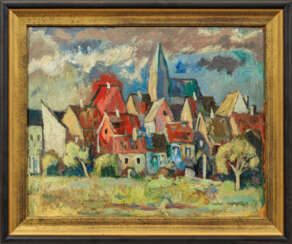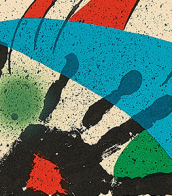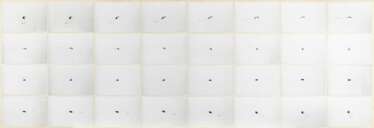kraus

Gustav Kraus, also known as Gustav Friedrich or Gustav Wilhelm, was a Bavarian painter and lithographer.
He studied at the Munich Academy of Fine Arts and was admitted as a member of the Munich Art Society, and is considered a representative of the Biedermeier. In 1836 he founded his own lithographic publishing house. In his landscape works, Kraus combined topographical precision with artistic quality.
His urban and architectural vedute, depictions of historical events, including maneuvers, parades, processions, inauguration ceremonies, portraits of noble contemporaries, sketches of costumes and uniforms were published by many publishing houses. One of the most valuable of Kraus's works today is the depiction of the Oktoberfest procession of 1835 with 24 colorful lithographs.


August Kraus was a German genre painter who specialised in scenes from the lives of monks and burghers.


Axel Krause is a German painter and graphic artist who works with acrylics and oils, typical of the artists of the New Leipzig School. In his paintings the viewer sees interiors, landscapes and atmospheric scenes and subjects with elements of mystery and surrealism.


Robert Krause was a 19th-century German landscape painter. Through his diaries from South America he was rediscovered as a travel writer.




Karl-Heinz Krause is a German sculptor.
Krause survived the war and imprisonment, and began studying sculpture at the Academy of Fine Arts in Berlin in 1947. In developing his style, he always combined the depiction of the human body with the laws of physics (weight - counterbalance) as a form-forming criterion. Thanks to this he achieved a characteristic balance and harmony in his works. In general, Krause's figures resemble living geometric forms in their elegance.

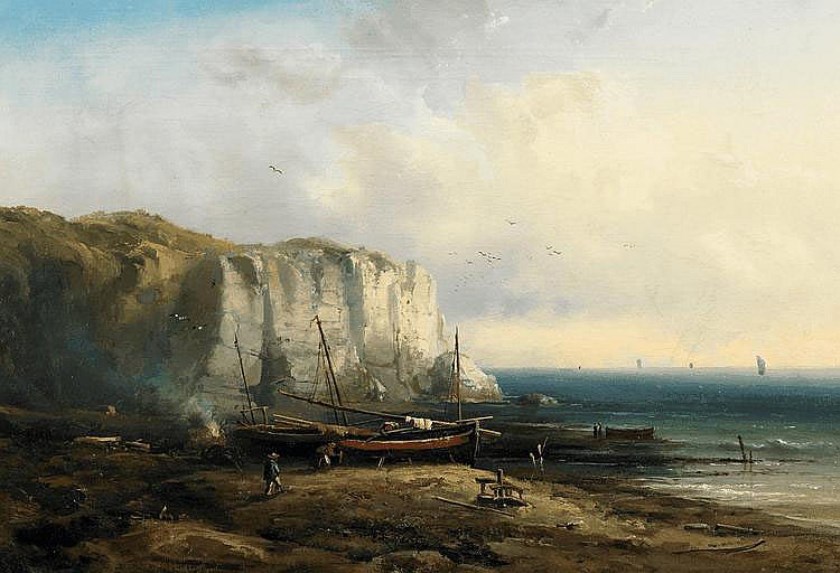


Karl-Heinz Krause is a German sculptor.
Krause survived the war and imprisonment, and began studying sculpture at the Academy of Fine Arts in Berlin in 1947. In developing his style, he always combined the depiction of the human body with the laws of physics (weight - counterbalance) as a form-forming criterion. Thanks to this he achieved a characteristic balance and harmony in his works. In general, Krause's figures resemble living geometric forms in their elegance.


Karl-Heinz Krause is a German sculptor.
Krause survived the war and imprisonment, and began studying sculpture at the Academy of Fine Arts in Berlin in 1947. In developing his style, he always combined the depiction of the human body with the laws of physics (weight - counterbalance) as a form-forming criterion. Thanks to this he achieved a characteristic balance and harmony in his works. In general, Krause's figures resemble living geometric forms in their elegance.


Karl-Heinz Krause is a German sculptor.
Krause survived the war and imprisonment, and began studying sculpture at the Academy of Fine Arts in Berlin in 1947. In developing his style, he always combined the depiction of the human body with the laws of physics (weight - counterbalance) as a form-forming criterion. Thanks to this he achieved a characteristic balance and harmony in his works. In general, Krause's figures resemble living geometric forms in their elegance.


Peter Krauskopf is a German abstractionist painter living and working in Berlin.
Krauskopf studied at the Hochschule für Graphik und Buchkunst in Leipzig. His work is influenced by the Russian Suprematism of Kazimir Malevich as well as the color field painting of the New York School. The surprising, inventive painting techniques and the resulting pictorial images are an expression of courage and spirit in Peter Krauskopf's abstract pictorial world. The artist's creative process is multi-tasking: Krauskopf layers paint, scratches, scuffs and scrapes.
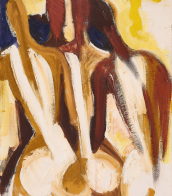

Peter Krauskopf is a German abstractionist painter living and working in Berlin.
Krauskopf studied at the Hochschule für Graphik und Buchkunst in Leipzig. His work is influenced by the Russian Suprematism of Kazimir Malevich as well as the color field painting of the New York School. The surprising, inventive painting techniques and the resulting pictorial images are an expression of courage and spirit in Peter Krauskopf's abstract pictorial world. The artist's creative process is multi-tasking: Krauskopf layers paint, scratches, scuffs and scrapes.


Peter Krauskopf is a German abstractionist painter living and working in Berlin.
Krauskopf studied at the Hochschule für Graphik und Buchkunst in Leipzig. His work is influenced by the Russian Suprematism of Kazimir Malevich as well as the color field painting of the New York School. The surprising, inventive painting techniques and the resulting pictorial images are an expression of courage and spirit in Peter Krauskopf's abstract pictorial world. The artist's creative process is multi-tasking: Krauskopf layers paint, scratches, scuffs and scrapes.




Fritz Halberg-Krauss was a German Impressionist landscape painter and an important representative of the Munich School.































